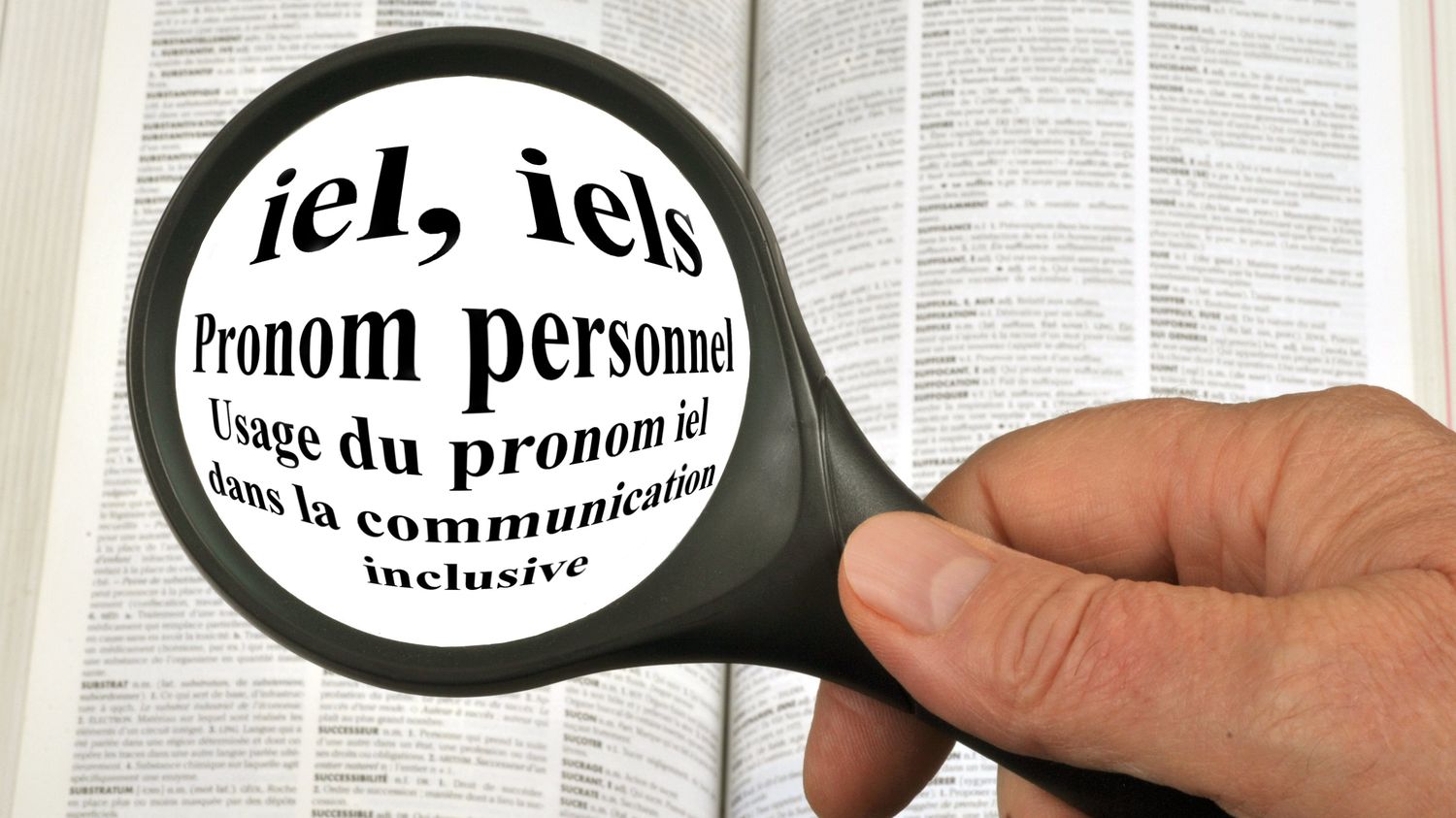The National Assembly will examine the bill aimed at prohibiting the use of inclusive writing. Increasingly frequent use assures its defenders.

Published
Reading time: 2 min

The bill which aims to prohibit the use of inclusive writing will be examined in the National Assembly, after being adopted in the Senate last October. This writing arouses heated controversy. The parliamentarians in fact estimated “that the impossibility of transcribing orally texts using this type of spelling hampers reading and pronunciation, and consequently learning.” According to them, inclusive writing is “a threat to the French language”. Critics are focused on the midpoint, but defenders of inclusive writing point out that it is only one of the practices – indeed a very minority one – to make language less sexist.
Isabelle Meurville, an independent translator from English to French, has been practicing inclusive writing for more than 20 years: “I’ve always been a feminist. So when I started translating hundreds, thousands of words a day, I told myself that it wasn’t possible to leave everything to the masculine.”
“The demand is much stronger”
Today, she provides training with other fellow translators: “For the training that I created in 2015, the demand is very clearly much stronger. We are approached by independents, who want to train because their own clientele demands it, by companies, organizations, schools for the younger generations.”
Inclusive writing is also an essential working tool for François Millet. He directs the science and society program at the Dôme, a scientific cultural space in Caen: “We always try to quote feminine and masculine. Sometimes we use pronouns like they. We talk a lot about animators, scientific animators, we can use terms like animators. It’s almost sometimes voluntarily that we add ‘.e’ or midpoints. To say yes, it’s indeed also for young women and for everyone.”
“There is something which sometimes actually comes from voluntarism, which can be more or less well perceived. But it is the people to whom we address who count the most.”
François Millet, director of the science and society program at the Dôme, in Caenfranceinfo
Alicia Birr doesn’t ask herself the question. This communications expert says she speaks in an inclusive manner exclusively: “100% of my oral and written practice is inclusive. I have three children who are under 10 years old so I speak to them inclusively all the time. And I observe the effects that it has on them and on their mental representation, notably trades. They are educated in nursery and elementary schools, I hear and read the teachers writing messages in the correspondence notebooks where it is written ‘the reader and the reader’, sometimes there is a small midpoint. Even if theoretically with the Blanquer circular, it is prohibited.”
Inclusive writing already in the public space
Alicia Birr notes that inclusive writing is already everywhere in public space: “I see it every day when I take the metro, I see the RATP and SNCF advertising displays when they are looking for drivers.” Studies show that women are more likely to apply for job advertisements in which inclusive writing is used according to a recent study cited by the CNRS.
